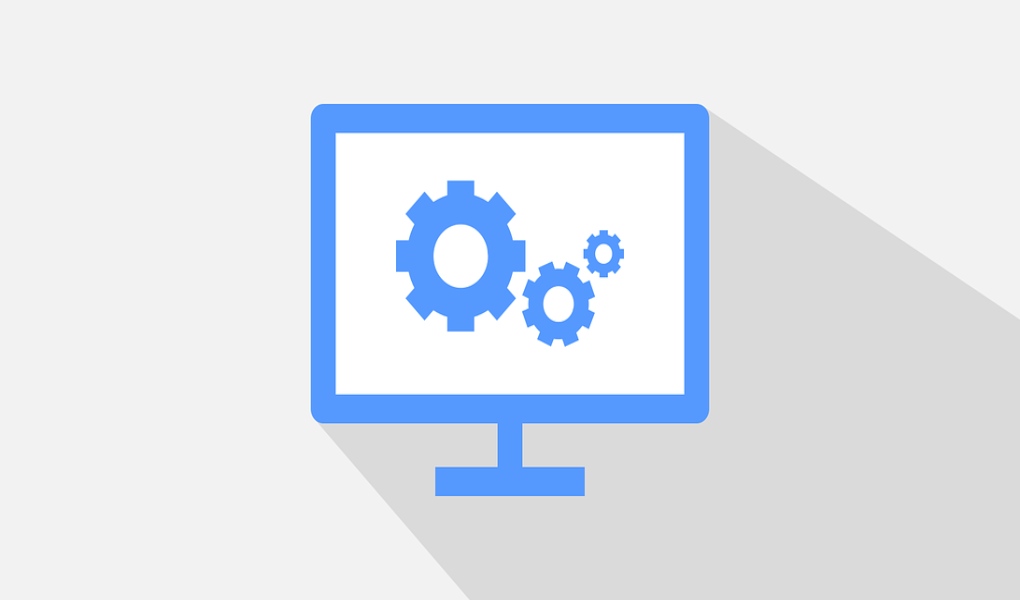When developing a new product, you can give up all the features that do not affect the user’s decision when choosing a product. Let’s say you are developing a unique product, and users really need it. They will use the product despite the inconvenient interface and limited functionality. In such a situation, you can roll out the simplest possible solution to test hypotheses, abandoning all optional features.
Another thing is if you work in a competitive market and create a product that already has analogs. When choosing a product, users will pay attention to optional features that cover some little need. Then your task is to understand which parts they will prefer your product to the development of competitors.
To understand which features are relevant, you need to use the product and see it from the user’s point of view. Feel free to use similar products from other companies if they exist. This approach allows you to dive deeper into the developed feature without reinventing the wheel. But at the same time, it is essential to consider the existing experience and offer customers a more convenient interface.
How To Choose Between An In-House Product Designer And An Outsourced Product Designer
The decision depends on the product’s specifics and the project’s stage. There are products in which the interface does not play a significant role or does not exist. For example, a company provides some functionality through an API. Then the designer is either not needed at all or necessary for a small work area – his duties can be outsourced.
But suppose the interface is an integral part of the product. In this case, the decision depends on the stage of the project. The general practice is this: to make an MVP (minimum viable product) and confirm the main hypotheses; they attract an agency or a freelance product designer. The choice between them depends solely on the budget. Freelancer is the cheapest option, but the risks are higher with it.
How To Build Relationships Within A Product Team
The product team’s task is to find the problem’s optimal solution. It is essential to communicate regularly and give each other feedback. There is a risk that the designer will work on some of his solutions, not considering the technical features and limitations of the platform or technology. And in the end, wasting time on something difficult or impossible to implement.
The general practice is this: the product team works in sprints. And once or twice per sprint, they set up a public meeting to exchange feedback. Some groups additionally organize daily short stand-ups. Each team member tells what he is doing and what problems and questions he has. Usually, daily communication is necessary if the team is distributed.
A product designer must adequately communicate with the front-end development team. For example, in reviewing the finished work, without which it isn’t easy to make a quality product.
If the designer sees a mismatch between the layout and the layout, his feedback should not be in style: “Nonsense, we are redoing it.” It is necessary to convey to the developers why each pixel is important.



